Military
A Timetable of The Most Important Events of The American Civil War

Published:
Last Updated:

The US Civil War, fought from 1861 to 1865, was a defining moment in this nation’s history settling the question of slavery once and for all. It was by far the bloodiest conflict that the United States has ever seen with more than 700,000 troops lost. However, are many more aspects to this conflict than just its victory for human rights and death toll. (This state saw the most civil war battles, every state ranked.)
Here 24/7 Wall St. is taking a closer look at the Civil War and what impact it had on the nation. To identify the most important events of the American Civil War, 24/7 Wall St. reviewed various military and historical sources. We ordered these events chronologically to paint a picture of how the war played out for both the Confederacy and the Union. We also included some color on each event and how it fits into the bigger picture.
Ultimately, this war would go on to shape the trajectory and identity of this country for generations to come in a cultural sense. It would establish the supremacy of the federal government over states and set a principle for national unity. The war would also transform the United States into a modern industrialized nation and lay the foundation for it to become a global superpower.
Historically, some of the battles like Shiloh, Gettysburg, or Antietam are still studied extensively today. The brilliant tactical maneuvers of General Robert E. Lee or the “March to the Sea” by General William T. Sherman are also still studied to this day. These act as an important pillar of American military history and would set the stage for what the United States military was capable of on the international stage only half a century later. (Every state’s troop count during the civil war.)

The American Civil War was a watershed moment in the nation’s history, with far-reaching implications that reverberate to this day. It settled the question of slavery, solidified the Union, and laid the groundwork for America’s emergence as a modern industrialized nation.
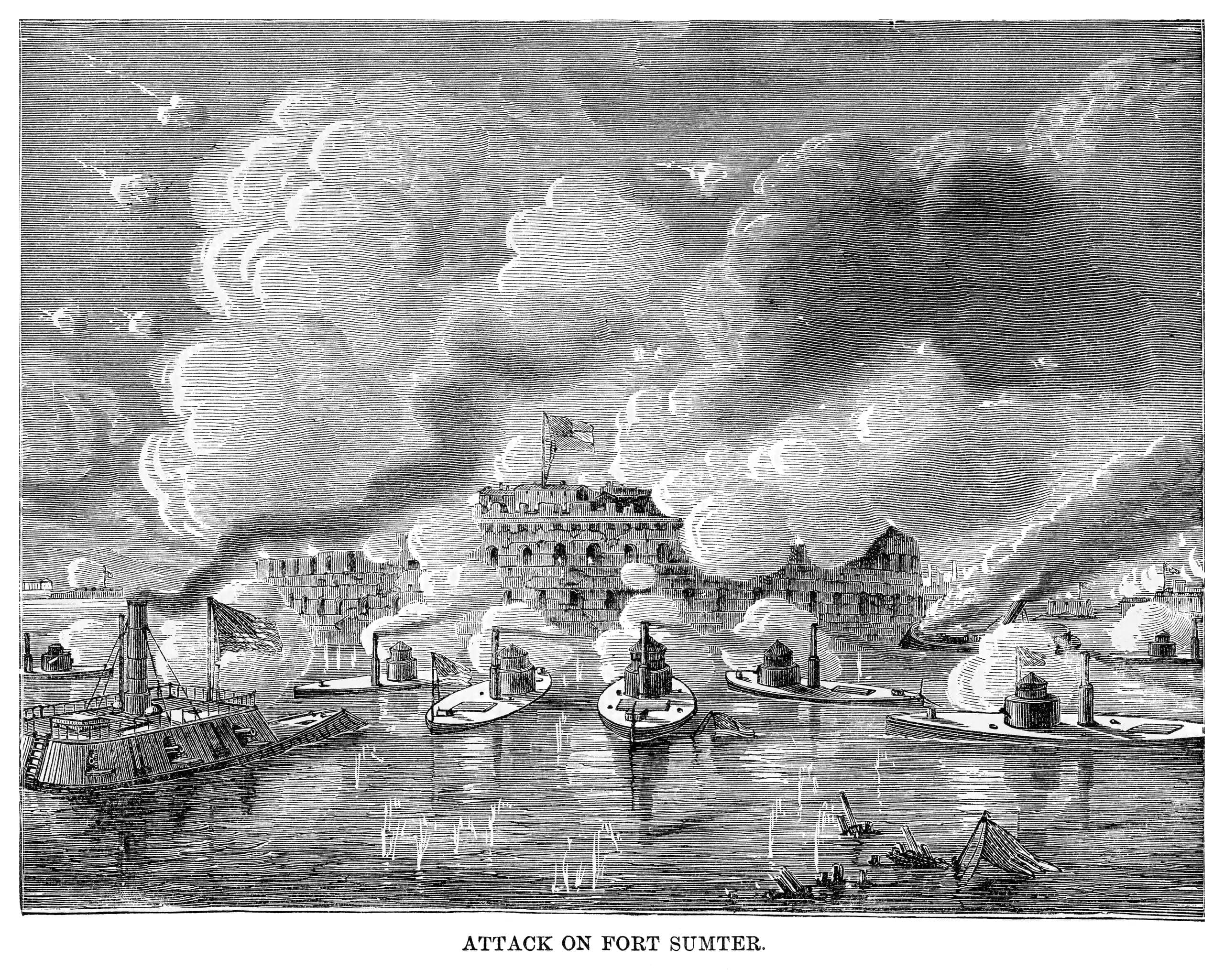
Confederate forces bombarded Fort Sumter in South Carolina, marking the start of the American Civil War. Confederates viewed Fort Sumter as a symbol of federal authority and demanded its surrender. The bombardment only lasted about two days, but it would ultimately push both the North and the South into a much bloodier conflict.
Following the attack on Fort Sumter, President Lincoln issued a call to arms for 75,000 volunteers from state militias to suppress this rebellion. It signaled the mobilization of the Union Army to restore federal control over the states that had seceded. This also demonstrated President Lincoln’s resolution to deal with the secession directly and make the Union whole again.

The Baltimore Riot was a clash between pro-Confederate mobs and Union troops. After the attack on Fort Sumter, the Union mobilized its troops to fortify Washington D.C. but these were met with violence in the city. At the time, Maryland was a border state with divided loyalties. While it still remained part of the Union there were still many Confederate sympathizers that lived within its territory. The Baltimore Riot served to further inflame tensions on both sides as the conflict was just heating up.
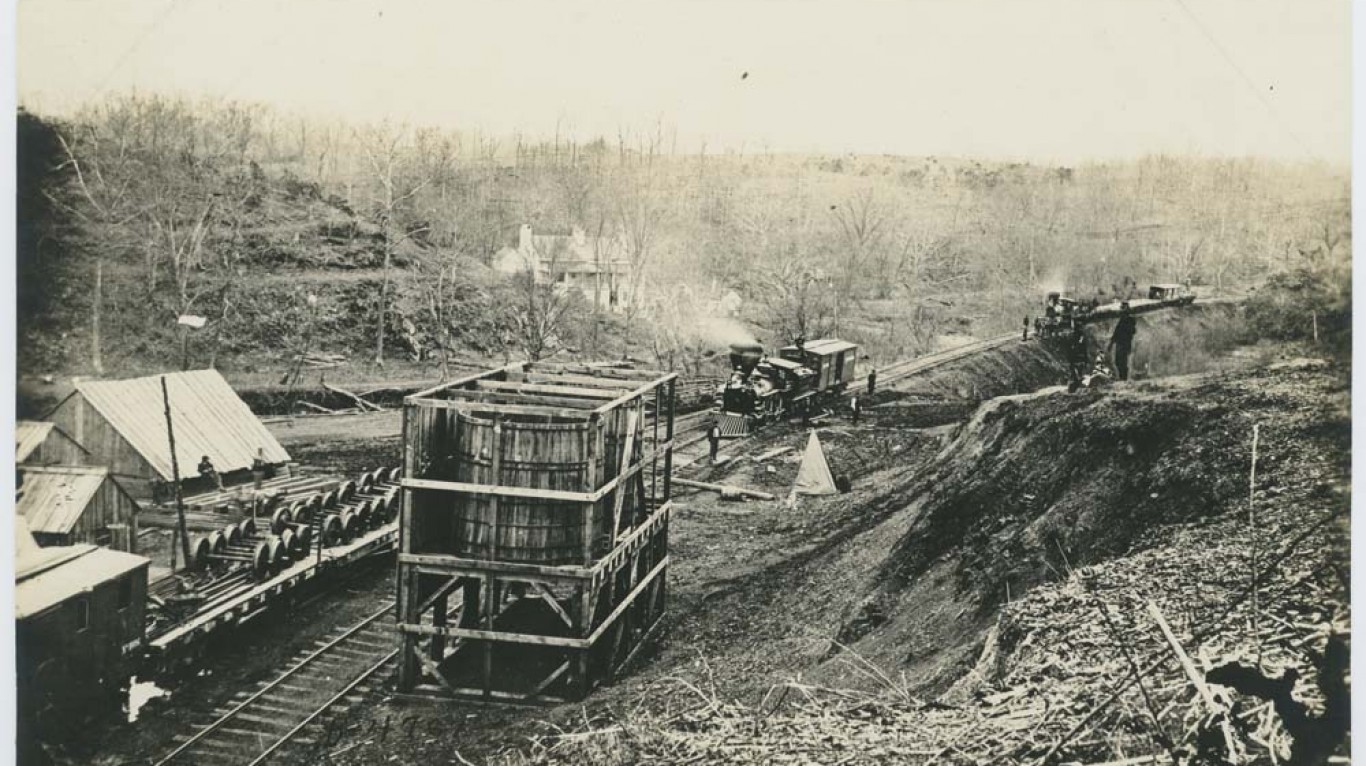
The First Battle of Bull Run, also known as the First Battle of Manassas, took place near an important railway junction connecting the Shenandoah Valley to northern Virginia and Washington D.C. Union forces under the command of General Irvin McDowell launched an offensive to take this territory but were met with fierce opposition from Confederate General Pierre G.T. Beauregard. Confederate reinforcements turned the tide of this battle in favor of the South. This early Confederate victory boosted morale for the South and signaled that this war would be long and bloody.

The Battle of Fort Henry took place in western Tennessee, near the Kentucky border. It was a key Confederate stronghold that fell to Ulysses S. Grant and paved the way for gaining control of important rivers that would allow Union forces to push deeper into Confederate territory. The Union victory also demonstrated the effectiveness of its navy with ironclad gunboats.
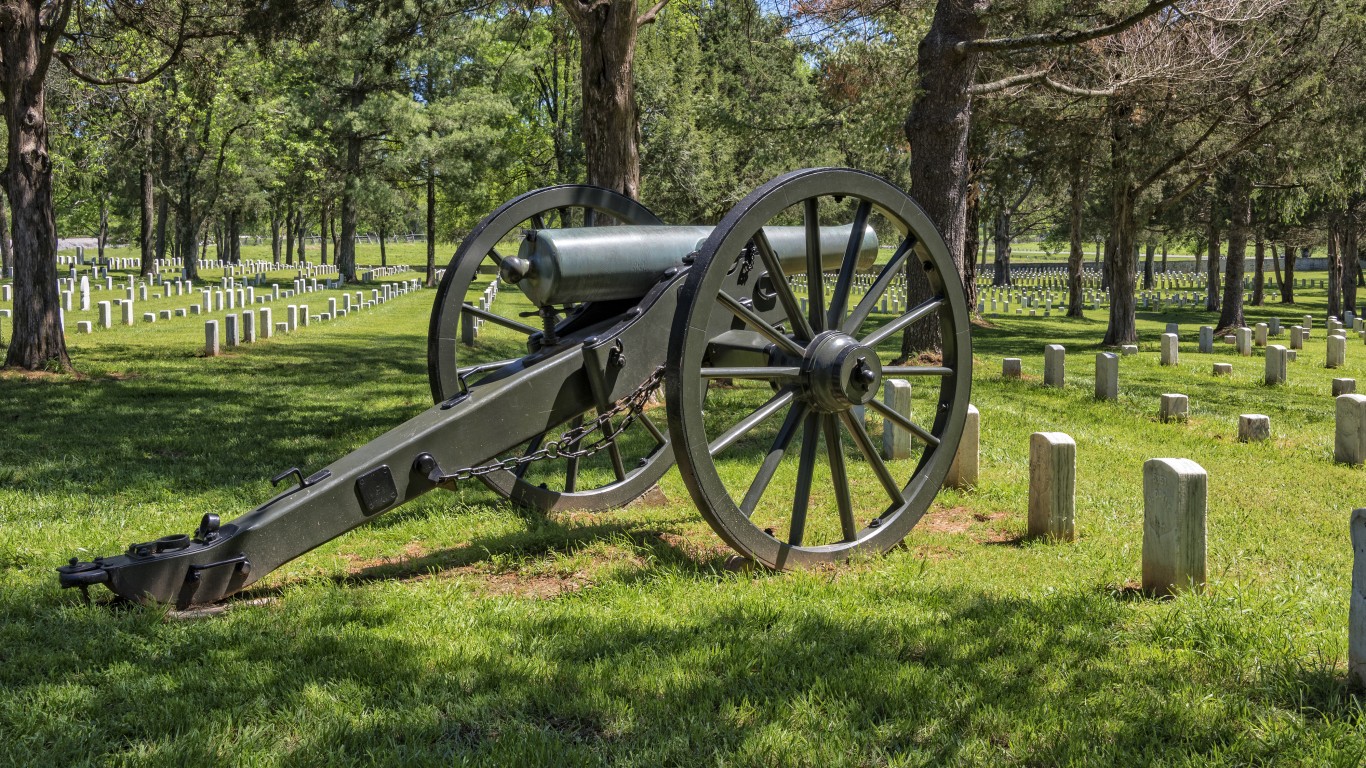
The Battle of Fort Donelson occurred on the Cumberland River shortly after the fall of Fort Henry. This was a continuation of the Union offensive into Tennessee. Although Confederate forces were initially successful in their defense of the fort, Union reinforcements and ironclad gunboats like the USS St. Louis and USS Louisville eventually forced a surrender.
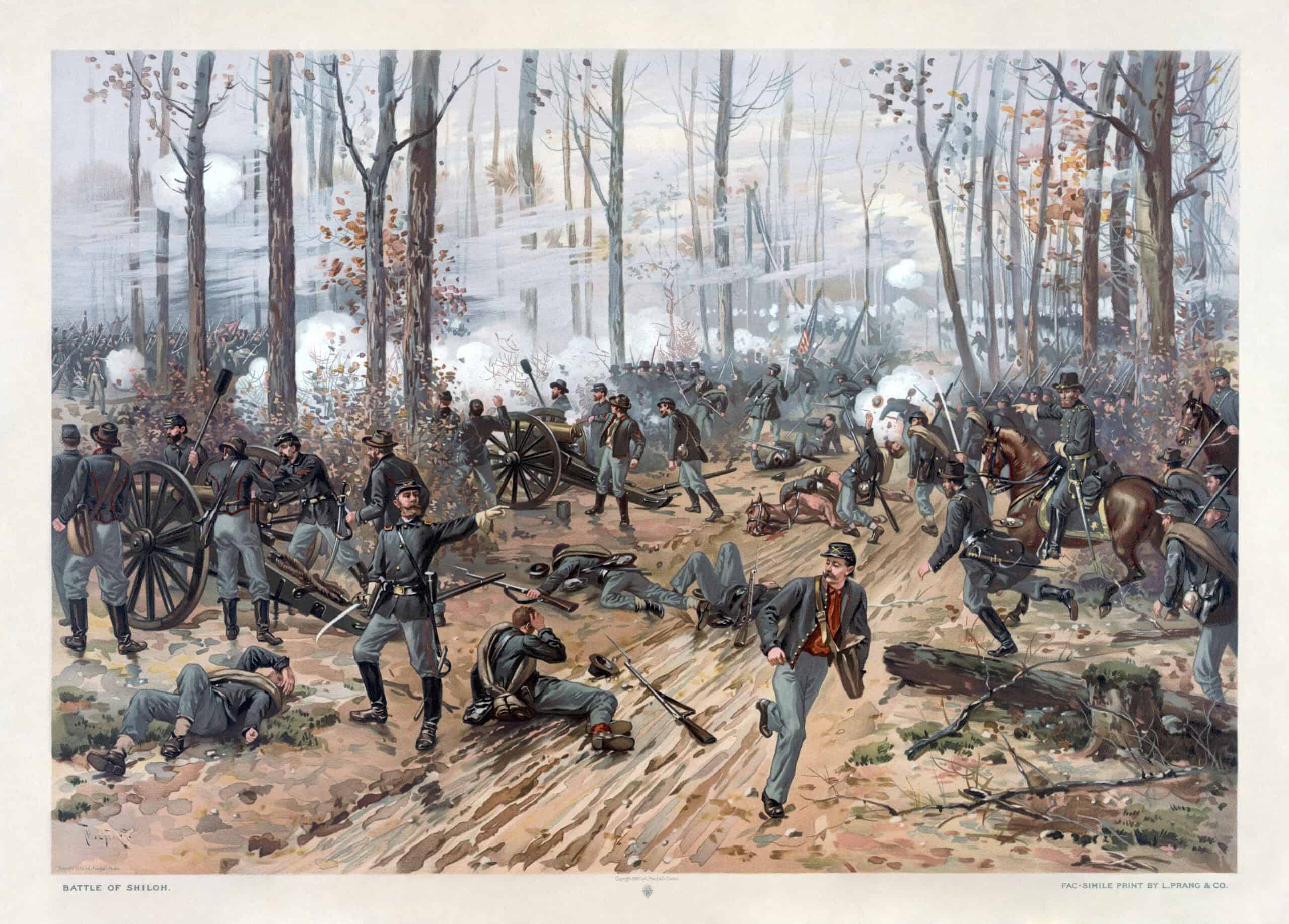
The Battle of Shiloh is considered one of the most iconic and pivotal battles of the Civil War. Despite the fact that the battle itself was inconclusive, it had significant strategic implications. Union Forces pressed further into Confederate territory after capturing Forts Henry and Donelson but were met by a surprise attack from Confederate General Albert Sidney Johnston. While the Confederate assault caught the Union off guard, General Ulysses S. Grant was able to consolidate the Union position. Confederate forces ultimately retreated but inflicted severe casualties.

The Battle of Seven Pines was part of the Peninsula Campaign – a Union offensive under General George B. McClellan aimed at capturing the Confederate capital Richmond, Virginia. Confederate forces launched a surprise attack on the Union army near the crossroads of Seven Pines and Fair Oaks and achieved some initial success. During the battle General Joseph E. Johnston was injured and replaced with General Robert E. Lee as commander of the Army of Northern Virginia. Neither side claimed a decisive victory but heavy casualties were seen on both sides.
The Battle of Antietam is easily one of the most significant events in the Civil War. It was the bloodiest single-day battle in American history and resulted in a decisive Union victory. General Robert E. Lee decided to invade Union territory in hopes of gaining a decisive victory and influencing European nations to recognize the Confederacy. However, General George B. McClellan’s army was poised to intercept. The two armies clashed near the town of Sharpsburg, with Lee’s forces arrayed along Antietam Creek and McClellan’s Union army advancing from the north. While battle lines shifted over the course of the day, over 23,000 soldiers were killed, wounded, or missing by the end of it.

The Union victory at Antietam just a few months prior had a significant impact on both the North and the South, but it ultimately set the stage for perhaps the most important executive order ever issued by the President. It gave President Lincoln the opportunity to issue the Emancipation Proclamation, which declared the freedom of all enslaved people in Confederate-held territory. While the Emancipation Proclamation did not immediately abolish slavery, it laid the groundwork for the eventual passage of the 13th Amendment to the U.S. Constitution, which formally abolished slavery nationwide in 1865.
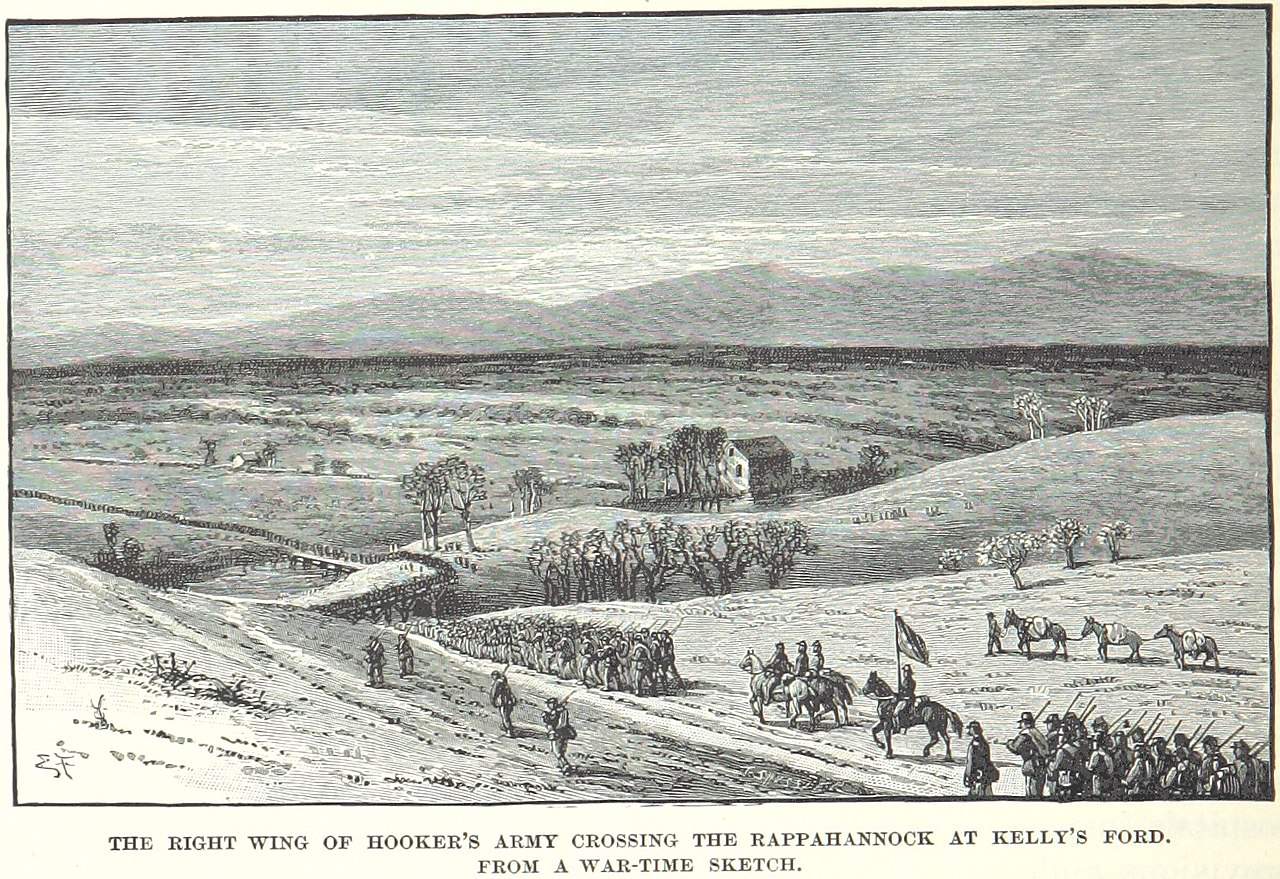
General Robert E. Lee’s greatest victory is considered the Battle of Chancellorsville, but this came at a high price with the loss of General Thomas “Stonewall” Jackson. Despite being outnumbered, Lee devised a plan to divide his forces, sending a significant portion of his army under the command of Stonewall Jackson on a flanking march to attack the Union flank. Lee’s aggressive tactics forced Union forces to withdraw across the Rappahannock River, conceding the battlefield to the Confederates.
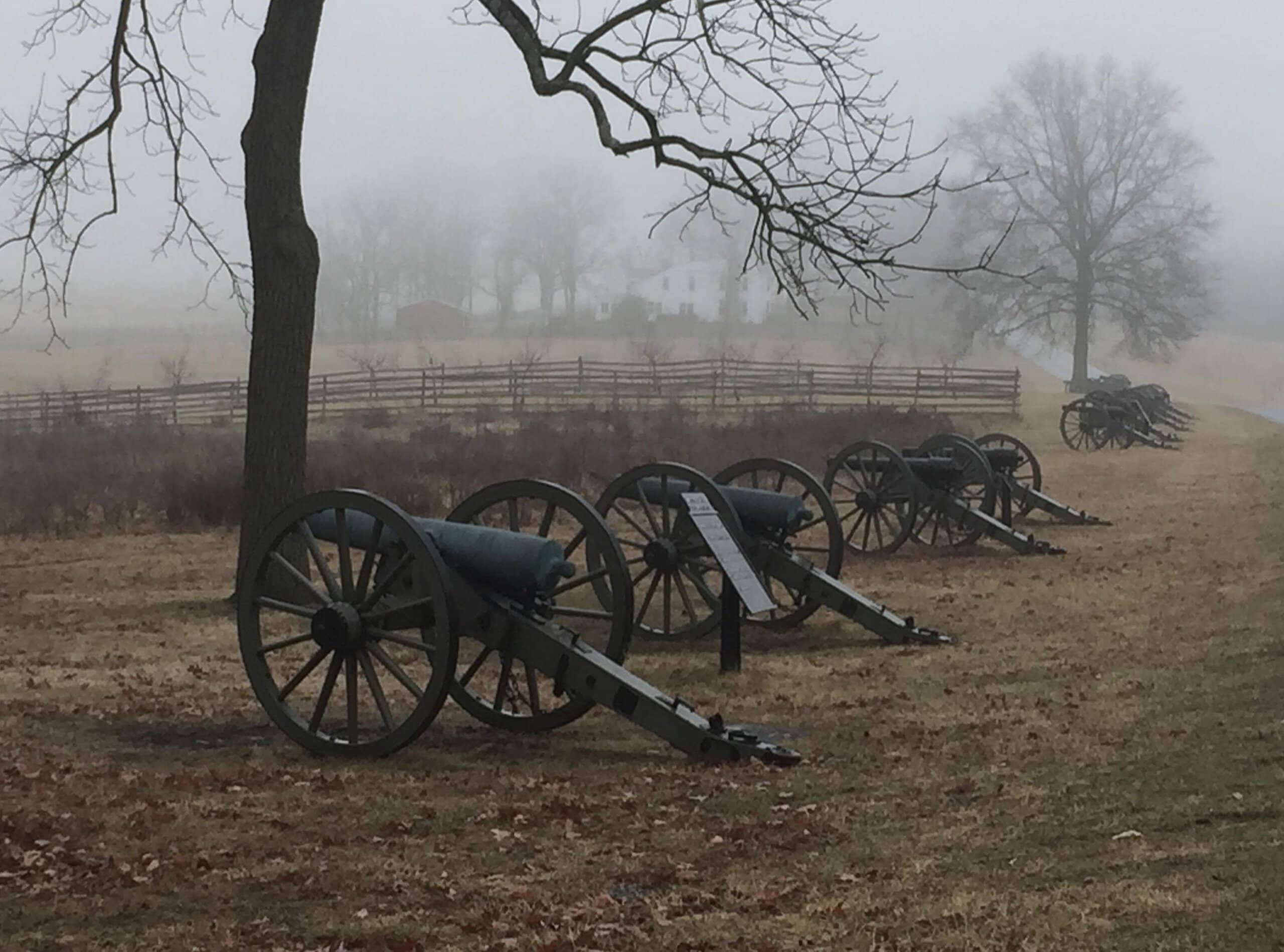
The Battle of Gettysburg is marked as the turning point of the Civil War in favor of the Union and it remains as one of the most iconic and studied battles in American history. General Robert E. Lee decided to launch a bold invasion of Union territory in the hopes of achieving a decisive victory that would compel the Union to negotiate for peace. However, he was met by forces under the command of Major General George G. Meade. The battle lasted for three days with Union forces holding their ground and repelling any Confederate advance. Over 51,000 soldiers were killed, wounded or missing when the dust settled. Although the Battle of Gettysburg did not end the Civil War, it was a significant turning point. Ultimately, it emboldened Northern morale, bolstered support for President Lincoln and his war policies, and dashed Confederate hopes for a decisive victory on Union soil.
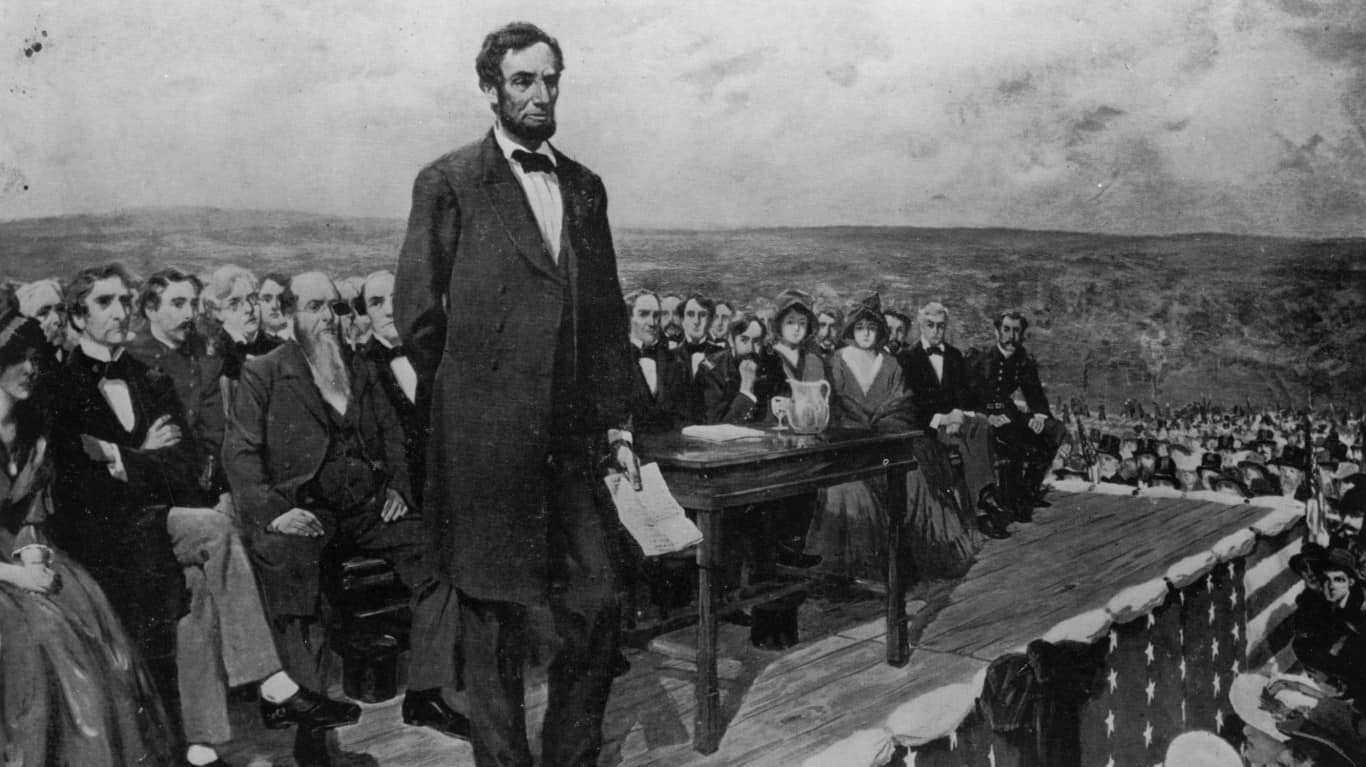
President Lincoln delivered the Gettysburg address in the months following this bloody battle as a dedication to the soldiers that fought and to honor their sacrifice. It is considered one of the most iconic speeches in American history. The Battle of Gettysburg was the bloodiest of the Civil War and a turning point in the conflict, resulting in a decisive Union victory over Confederate forces. The speech was more geared towards equality and to ensure that the nation would “have a new birth of freedom.”
The Overland Campaign, which took place from May 4 to June 24, 1864, was an important military campaign led by Union Lieutenant General Ulysses S. Grant against Confederate General Robert E. Lee. The primary objective of the Overland Campaign was for the Union army to engage and defeat Lee’s army. Grant aimed to apply constant pressure on the Confederate army to avoid the costly maneuvering and retreats of previous campaigns. Although the campaign did not result in a decisive victory or the capture of Richmond, it inflicted heavy casualties and set the stage for the eventual collapse of the Confederacy.
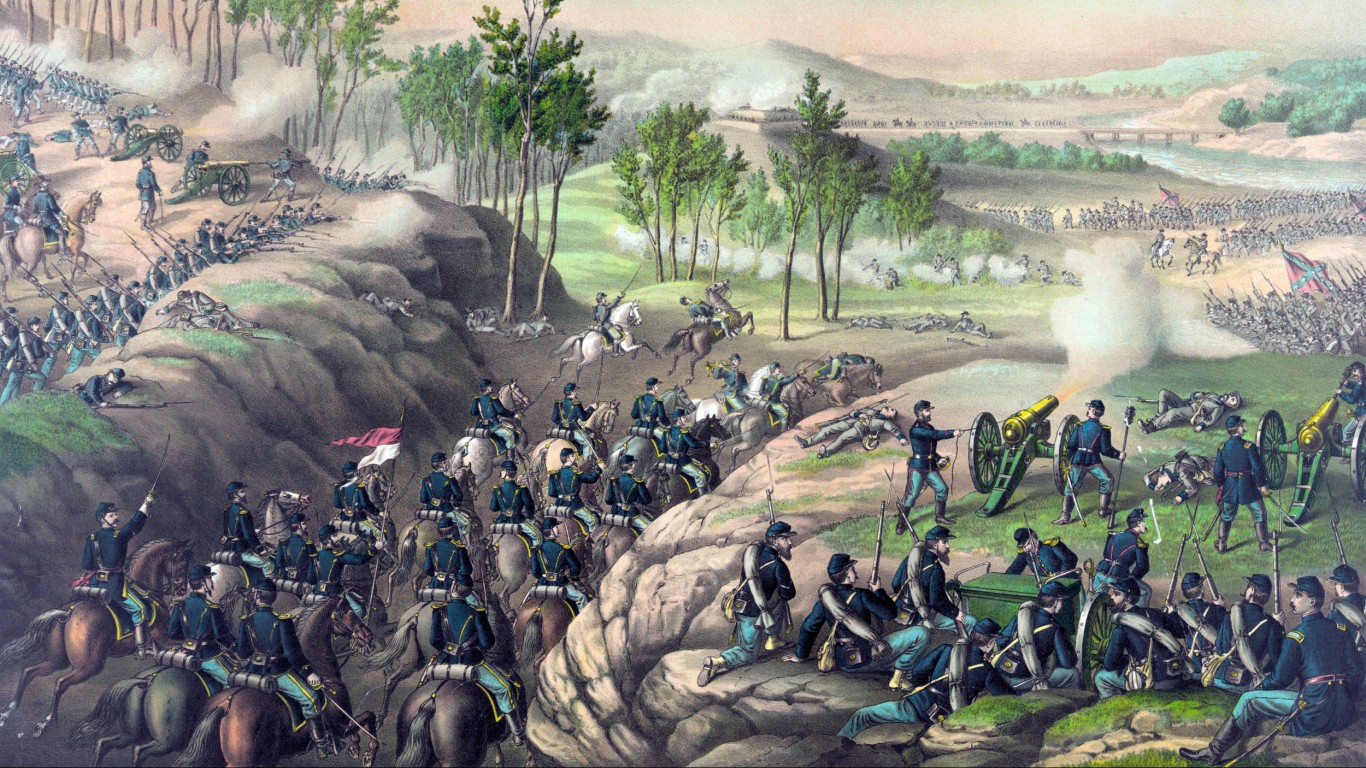
The fall of Atlanta was an immense blow against the Confederacy as it served as a vital transportation hub and industrial center for much of the Confederate war effort. Union Major General William T. Sherman launched this assault which would come to be known as the Atlanta Campaign in the spring of 1864. After a series of battles and skirmishes, including the Battle of Jonesborough on August 31-September 1, Confederate forces evacuated Atlanta, allowing Sherman to occupy the city unopposed on September 2. Following the fall of Atlanta, Sherman would continue with his infamous “March to the Sea” where he laid waste to Confederate infrastructure among other things.
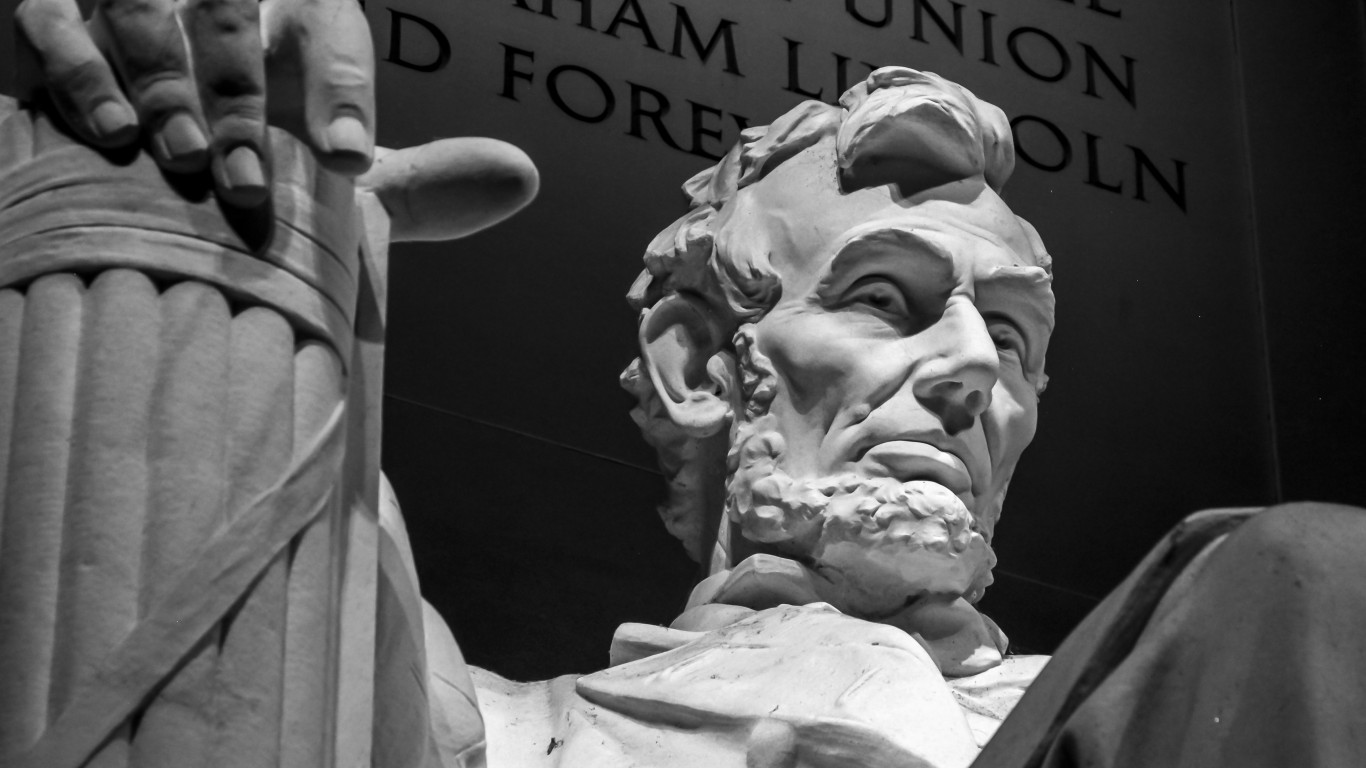
The reelection of President Abraham Lincoln in 1864 came at a pivotal point in the Civil War. At that time, the war had been raging for three years and each side had suffered heavy casualties. Also many were beginning to doubt the Union’s ability to achieve victory because the conflict had been so drawn out. President Lincoln’s victory symbolized the reaffirmation of the Union’s commitment to the war effort and it also ensured that the policies in place by Lincoln would remain unchanged.

President Abraham Lincoln’s second inauguration took place in March 1865, as the Civil War was entering its final stages. At this point in time, hundreds of thousands of lives had been lost, and the Union was on the verge of achieving victory over the Confederacy. However, the war had also left deep wounds and divisions within the country.
The Civil War is considered to have ended on April 8, 1865 with General Robert E. Lee surrendering to General Ulysses S. Grant. Following a series of defeats and setbacks, including the fall of Richmond, Lee’s army was on the brink of collapse and there was no choice but to come to the table to negotiate. Grant was fairly charitable with his terms of surrender allowing for Confederate officers and soldiers to return to their homes.
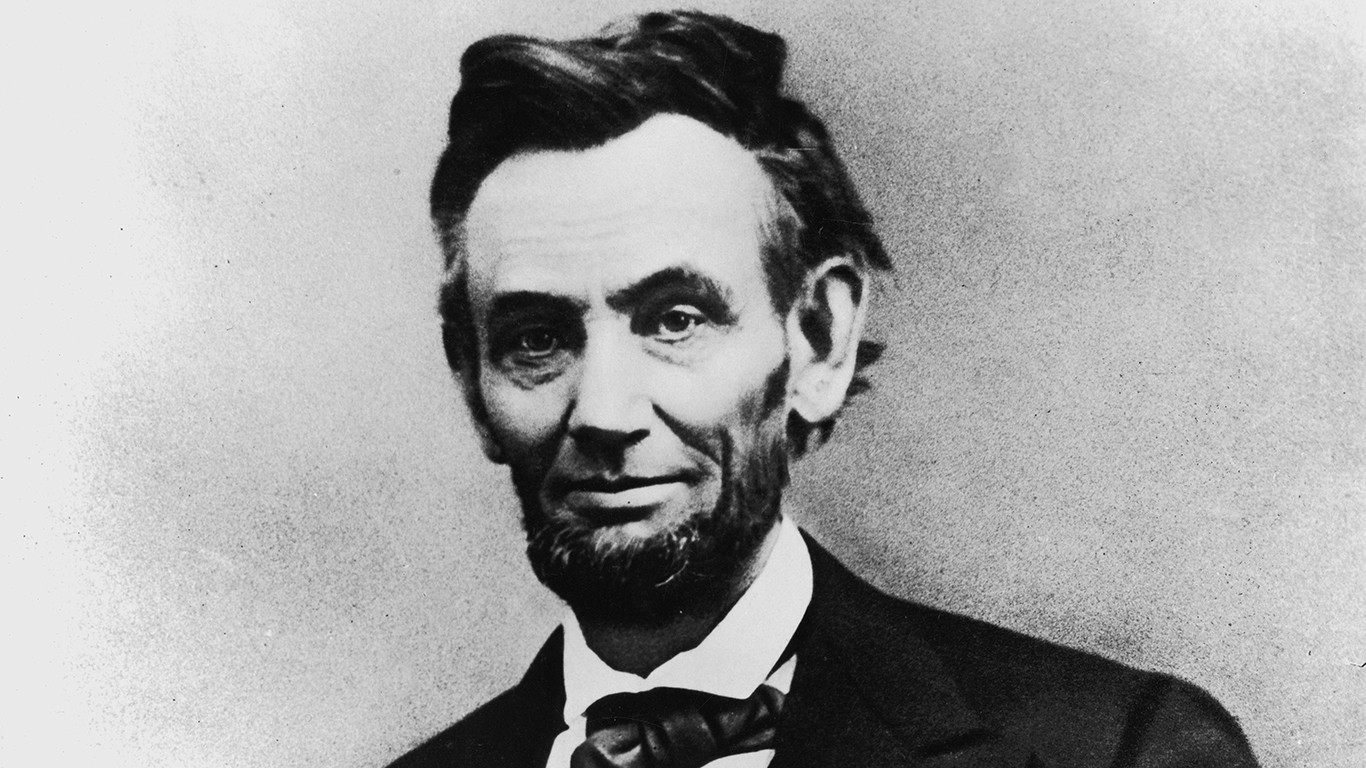
In the days following the surrender by General Robert E. Lee, effectively ending the Civil War, President Lincoln was assassinated by John Wilkes Booth. As a Confederate sympathizer Booth believed that by assassinating Lincoln and other key members of the government, he could strike a blow against the Union cause and ignite a Confederate resurgence. However, Lincoln’s death would serve to bring the nation together in mourning and cast a shadow over the Union victory.

Although General Robert E. Lee had already surrendered weeks prior, fighting still continued between Confederate General Joseph E. Johnston and Union General William T. Sherman. The “March to the Sea” by Sherman was effective in rooting out what remained of Confederate forces and ultimately pushed Johnston to the table to negotiate a surrender. Sherman’s terms were similar to those that were given to Lee. Johnston accepted and the nation then entered the long period of reconstruction.
Retirement can be daunting, but it doesn’t need to be.
Imagine having an expert in your corner to help you with your financial goals. Someone to help you determine if you’re ahead, behind, or right on track. With SmartAsset, that’s not just a dream—it’s reality. This free tool connects you with pre-screened financial advisors who work in your best interests. It’s quick, it’s easy, so take the leap today and start planning smarter!
Don’t waste another minute; get started right here and help your retirement dreams become a retirement reality.
Thank you for reading! Have some feedback for us?
Contact the 24/7 Wall St. editorial team.